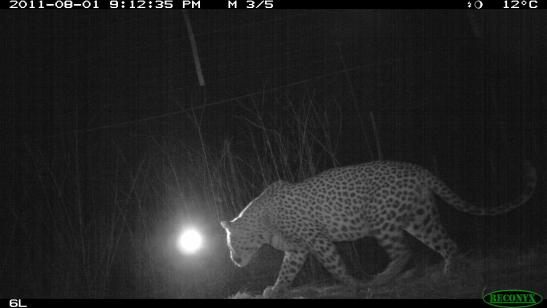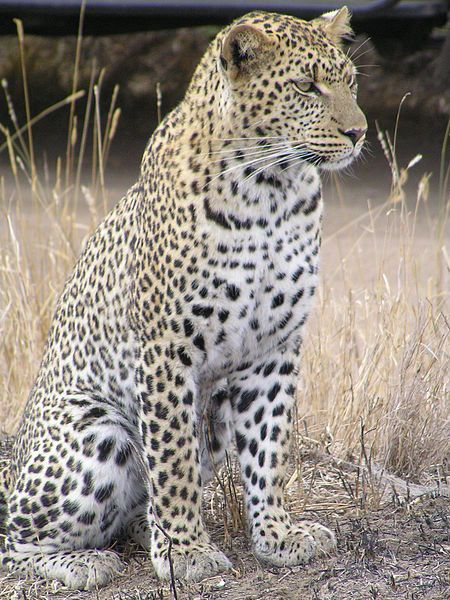Namibia Leopard Project
Namibia Leopard Project
In 2010, Namibia partnered with SCI Foundation to survey leopard population in three phases. Phase I convened regional stakeholders in a collaborative workshop to design the research project. Phase II was a questionnaire survey sent to local farmers that sought to determine the frequency of leopard sightings and whether the species has been a problem animal on their property.
The first two phases revealed where farmers saw leopards and which livestock leopards were likely to kill. It was determined that cheetahs kill more total livestock than leopards, and as a result, more cheetahs are killed in human-wildlife conflicts than leopards.
Phase III focused on spoor surveys (foot prints) and trail cameras to estimate relative density of leopards in three study areas. The first study area was considered to be high density, the second study area had a medium density, and the third study area had a low density of leopards. These results from Phase III were extrapolated to a national scale, resulting in an estimated total population of approximately 14,000 leopards in Namibia.
SCI Foundation recently issued a new grant to the project to replicate Phase III in the remote North West region of the country and the Kavango region. Recent surveys have suggested that the leopard population has increased in these areas. It is important for Namibia to understand whether the increase is real or an artefact created through the data analyses of the questionnaire from Phase II.
Population estimates are necessary for guiding national species management. Namibia wants to have the best science-based information available to set quotas and manage the population.
SCI Foundation is proud to continue our involvement in this multifaceted project and we look forward to seeing the final results. We will keep you update as data arises that will allow Namibia to effectively manage their leopard population.

Since 2000, SCI Foundation has provided more than $80 million to promote science-based conservation through wildlife research, capacity building in governments, youth and teacher education, and humanitarian programs that show the importance of the hunting community in society around the world. Growth of SCI Foundation has continued to gain momentum through charitable donations from SCI members and direct grants from local chapters and the SCI organization. Throughout the world, SCI’s approximately 50,000 members and 190 chapters contribute time, talent, and financial support to local, national, and international projects.


